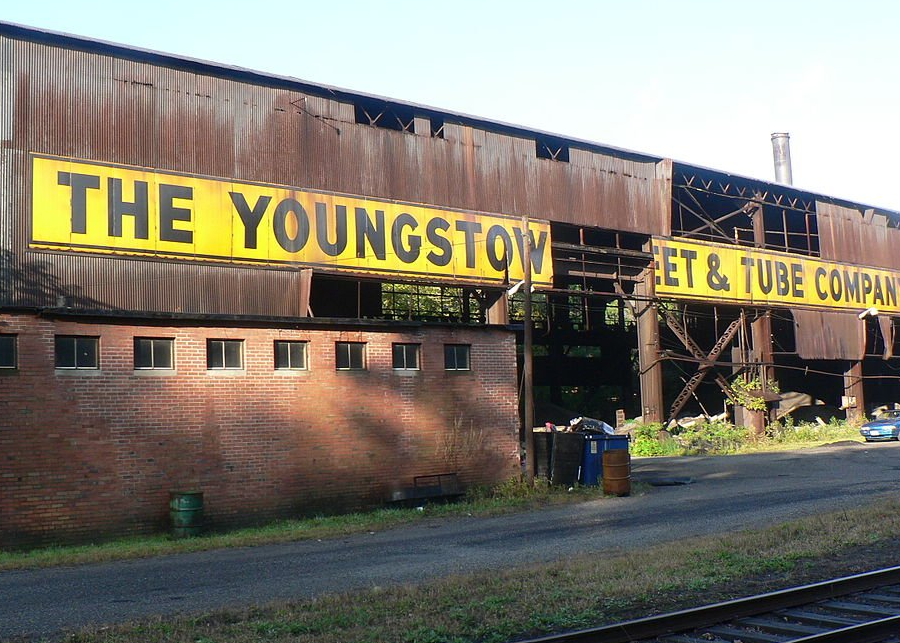
In the past few decades, social scientists have dedicated much attention to deindustrialization, a process by which manufacturing and related industries move out of a region. Deindustrialization is typically accompanied by high unemployment, outmigration, depressed wages, and other markers of economic decline, especially in small, specialized economies. Our project aimed to develop a comparative outlook of deindustrialization in France, the United Kingdom, and the United States; we focused on characteristic communities in each country––namely the Meuse Valley and surrounding areas in northeastern France, Sheffield and greater South Yorkshire in the United Kingdom, and the Mahoning Valley in the United States. Thus far, our research––in which we relied on local resources, government data, and the work of other social scientists––has uncovered patterns in the economic, social, and political postindustrial lives of these communities. In particular, our early work has focused on these communities’ efforts to revitalize their economies through public investment and their more recent shifts toward right-wing populism. We plan to further investigate both the causes and effects of deindustrialization, particularly as they relate to the pasts and futures of places that have experienced its impact. We hope this research can spotlight the challenges faced by the many towns left in deindustrialization’s wake.
This project is being developed by Joel Sabando, supervised by HMUI Co-Director, Lizabeth Cohen and sponsored by the SHARP Harvard College Program, in collaboration with HMUI.

Beginning in the 1970s, steel mills and automobile factories across the industrialized world closed their doors. Since then, these abandoned communities in the United States, the United Kingdom, France, and elsewhere have reckoned with deindustrialization’s economic and cultural consequences. While scholars of various disciplines have studied deindustrialization and its legacies within individual countries, this project provides a historical, book-length, comparative analysis. Drawing on oral history interviews and memoirs of former workers—including women, immigrants, and workers of color—we explore how workers and their families coped with factory closures, and how their local communities and governments attempted to address their concerns and rebuild their economies. Because industrial decline leaves a legacy well beyond the workers themselves, we also explore how deindustrialization has been portrayed to the broader public. By reviewing everyday representations of working class life—in museums, documentaries, and even creative projects like plays, photographs, and songs—we can better understand deindustrialization’s place in our collective memory. This project, grounded in the experiences of workers and their communities, will help us grapple with industrial decline as it continues and help us think about the future of post-industrial work, workers, and communities.
This project is being developed by Noah Secondo, supervised by HMUI Co-Director, Lizabeth Cohen and sponsored by the SHARP Harvard College Program, in collaboration with HMUI.